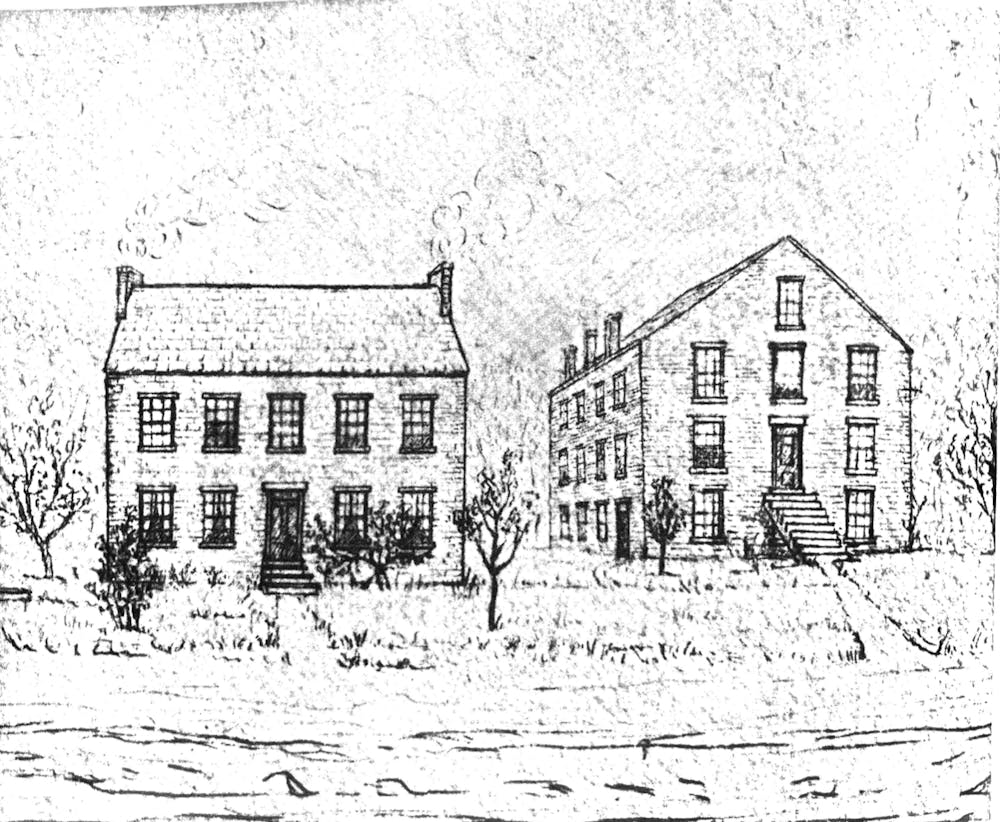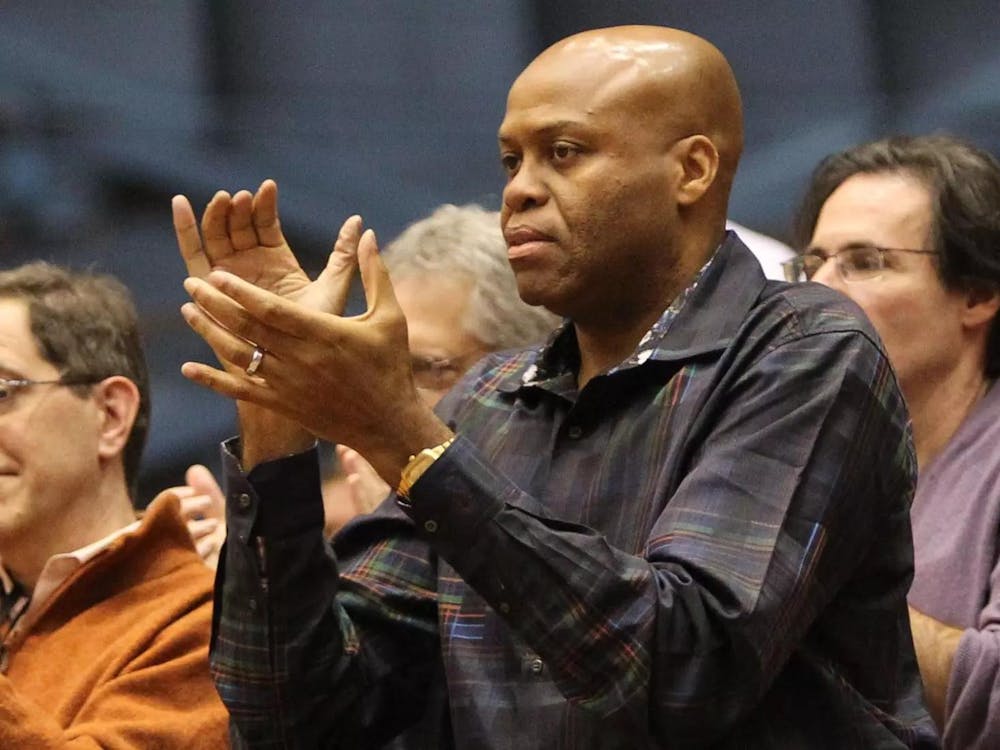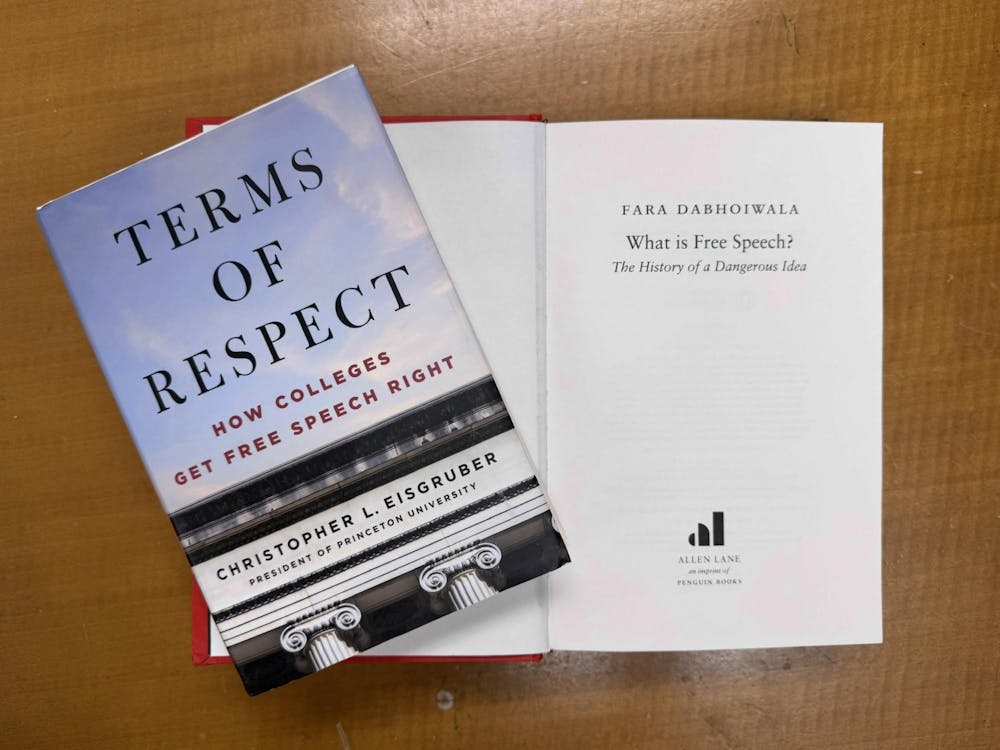On commencement day — June 29, 1866, one year after the Civil War — William D. Johnson addressed his classmates, the newest graduates of Lincoln University.
“The labors of the past year have made this institution like a shining sun,” Johnson said, “whose light cheers the dark minds of hundreds just liberated from slavery.”
Lincoln University of Chester County, Pennsylvania was the first American college to grant degrees to Black men, enrolling its first class of four students in 1857.
At commencement, the university’s president Isaac Rendall watched Johnson from the audience. The six-foot minister had attended Princeton University, and so would his successors. Over the next eighty years — between 1865 and 1945 — Lincoln’s four consecutive presidents were all Princeton graduates.
In that time, the school established itself as one of the most influential Historically Black Colleges and Universities (HBCUs), graduating civil rights leaders like Thurgood Marshall and Langston Hughes. Lincoln came to be known as “the Black Princeton.”
The historical tie between Princeton and Lincoln reaches back to 1854, when Reverend John Miller Dickey founded the Ashmun Institute. Dickey belonged to the American Colonization Society (ACS), which led the movement to send former slaves to Liberia. Princeton University — then the College of New Jersey — and the Princeton Theological Seminary — Dickey’s alma mater — were at the epicenter of ACS activity.
The colonization movement took hold in Princeton, in part, due to its conservative climate — many students were from the slaveholding south, according to R. Isabela Morales, editor of the Princeton & Slavery Project.
“Anti-slavery folks at Princeton weren’t going to be radical abolitionists who promoted the immediate end of slavery in the state or in the country,” Morales said. Instead, faculty supported colonization as a means to gradually end slavery while maintaining a free white society.
Dickey studied at the Princeton Theological Seminary in the 1820s under leading colonizationists Archibald Alexander and Samuel Miller. Three decades later, the Ashmun Institute was an outgrowth of the colonization ideology in Princeton. Dickey aimed to train Black missionaries who, upon graduation, would emigrate to Liberia and spread Christianity.
“Providence is declaring that the Black and white races cannot advantageously live together as equals in this country,” Reverend Cortlandt Van Rensselaer wrote in his address for the campus dedication. Ashmun, he continued, would actualize “the wonderful plan of colonization, whose pathway is across the ocean, and whose end is the elevation of the African race on its renovated and expectant continent.”
But the Civil War forced the Ashmun Institute to rethink its ideology. Emancipation, wrote historian Andrew Murray, “made the African colonization scheme obsolete.” African Americans could now imagine a future in the United States — missionary work abroad was no longer the aim of education. “This change would involve a shift in emphasis,” Murray wrote, “from training Negroes for service in Africa to training them for life in America.”
The Ashmun Institute then became Lincoln University in 1866.

As African Americans sought an education after the Civil War, HBCUs proliferated. Lincoln led the way.
“No institution was more important with regard to Black people’s education in that period,” said current Lincoln University Professor Chieke Ihejirika, who conducted research on the university’s history ten years ago. “Black doctors and lawyers of the 19th century were predominantly Lincoln graduates.”
As Lincoln’s student body grew, so did its faculty. And many professors came from Princeton, strengthening ties between the two universities. At Lincoln, these professors replicated the classical Princeton curriculum, teaching classes like Latin, geography, and arithmetic. Princeton President James McCosh, at an 1879 forum on African American education, called Lincoln “Princeton’s little sister.”
Princeton donors also took an interest in Lincoln. For one, Susan Brown — wife of Albert Dod and sister of David Brown, the namesakes of two Princeton dormitories — endowed Lincoln’s red-brick Mary Dod Brown Chapel, named after her daughter.
Over his four-decade tenure, President Isaac Rendall embraced the Princeton influence over Lincoln. Rendall believed every student required a Bible, an English dictionary, and spectacles. A patriarchal figure, he set high academic and disciplinary standards that aligned with his expectations for students. “He taught his students to respect themselves,” wrote one of his successors, “and these were students in a culture where few were willing to give them unqualified respect, as thinking, reflective human beings.”
However, Black students and alumni challenged the president on his refusal to hire Black faculty. Rendall argued that white professors made the best instructors, as African Americans had long been denied academic training. Students argued the lack of representation undermined Lincoln’s mission.
“The purpose for which the University was founded, the elevation of the negro race, by means of Christian and liberal education, will be defeated,” alumni wrote to the Board of Trustees, “and instead of accomplishing this desirable end, each year is adding to the number of those students who are educated, consciously or unconsciously, in the dangerous fallacy of their incapacity.”
Rendall’s term ended in 1906. His nephew, John Ballard Rendall, served as Lincoln’s president until 1924. It wasn’t until the administration of William Hallock Johnson, a former professor of Greek, that Lincoln hired its first African-American professor in 1933.
Twelve years after that, Lincoln would inaugurate its first Black president, Horace Mann Bond.
Bond’s presidency ended the tradition of Princeton leadership and began one of Black leadership at Lincoln. It also testified to the university’s achievement: Bond was a Lincoln graduate, class of 1923.
“Dr. Horace Mann Bond was able to show, by his ascendancy, that he had benefited from the stellar education that Lincoln had to offer,” Ihejirika said. “It showed that Black people educated at Lincoln had come of age.”
During Bond’s tenure, several Lincoln graduates emerged as leaders in the American Civil Rights Movement. Others became important figures in Africa — just not as Lincoln’s founders had envisioned. Kwame Nkrumah became the first prime minister of independent Ghana in 1957, and Nnamdi Azikiwe became the first president of independent Nigeria in 1963. They had graduated in 1939 and 1930, respectively.
“That’s the beautiful thing about Lincoln,” said Jordan Denson, who graduated from Lincoln in 2009 and is an assistant professor of Pan-Africana studies there now. “Although its foundings were problematic, it still was able to produce graduates who fought against colonization.”
Looking back on the era of Princeton leadership, Ihejirika noted that respect for institutional history persists at Lincoln.
“We still commemorate those presidents with some kind of affection,” Ihejirika said, “because, although they were white, they managed to keep the legacy of a black institution.”
Today, though, it is uncommon to hear the nickname “the Black Princeton,” according to Denson.
“I don’t even know if it’s something that should continue,” Denson said. “It can be a limiting thing for a Black institution to constantly make comparisons to something that is European.”
“For me,” he added, “Lincoln should just be Lincoln.”
Molly Taylor is an assistant Features editor for the ‘Prince.’
Please send corrections to corrections[at]dailyprincetonian.com








